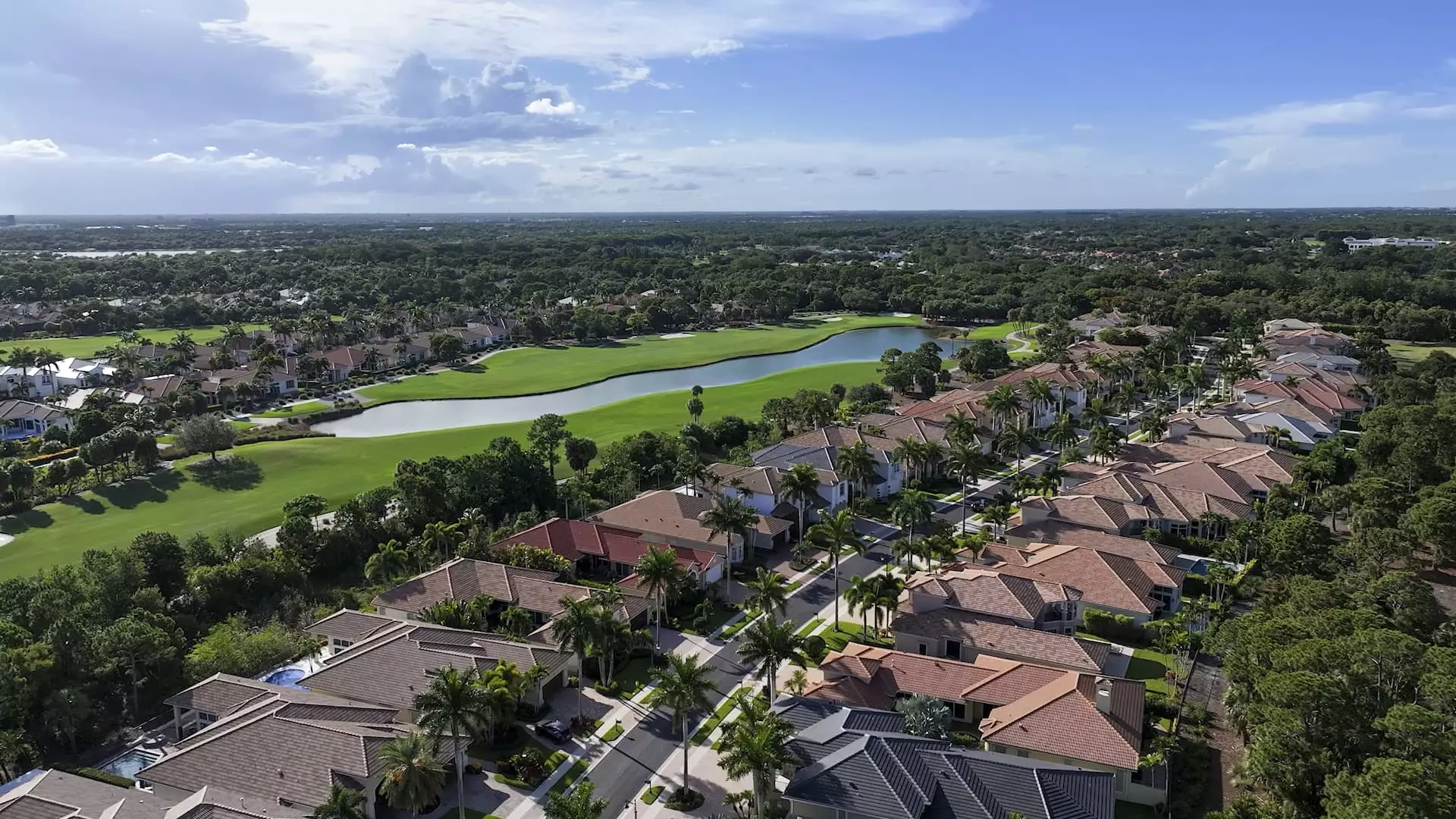Gated communities have long been portrayed as bastions of safety and prestige, offering residents a shield from the chaos of urban life. But beneath this façade lies a troubling paradox. While security is often heralded as the primary benefit, it is, in many cases, more of a symbolic status marker than a tangible safeguard. In reality, the gates serve more as access control mechanisms—maintaining exclusivity—rather than truly deterring crime. The fact that gates can be unmanned or open during certain hours exposes the superficial nature of this supposed protection. This raises a critical question: How much of what residents pay for is perceived security versus real safety?
The Economic and Social Costs of Gated Living
Living behind gates comes at a significant financial premium, with homeowners shelling out 5% to 20% above comparable properties elsewhere. These costs are compounded by hefty HOA fees, which, depending on the community, can reach thousands of dollars quarterly. These expenses are often justified by the promise of amenities—golf courses, marinas, luxury clubs—that are seen as symbols of status rather than necessities. Yet, this exclusivity breeds social stratification, fostering segregation that diminishes communal bonds beyond narrow social circles. It reinforces physical and social boundaries, contributing to a fragmented society that values material security over social cohesion.
The Cultural and Political Implications
From a center-wing liberal perspective, gated communities epitomize a growing tendency towards privatized, insular living that undermines the democratic ideals of openness and shared social responsibility. While proponents argue that gates protect property values and provide peace of mind, critics suggest they deepen economic divides and foster an illusion of safety in an increasingly volatile world. These enclaves contribute to the polarization that plagues modern societies, creating a paradox where the pursuit of security ironically fosters societal fractures. As more affluent individuals retreat behind gates, the collective fabric frays, diminishing the social trust necessary for a healthy democracy.
The Real Reasons Behind the Gated Phenomenon
Most residents’ motivations are less about actual crime prevention and more about control—control over who enters, who stays out, and who belongs. Gated communities serve as physical manifestations of privilege, reinforcing a hierarchy where security and exclusivity are traded for community-building and shared civic responsibility. The market’s emphasis on amenities further commodifies this lifestyle, transforming comfort and perceived safety into luxury assets rather than fundamental rights. This shift signals a broader societal trend: the marginalization of collective public safety in favor of privatized enclaves that serve the interests of the wealthy, often at the expense of the common good.
Gated communities may promise tranquility, but they also reveal a widening societal rift—one where superficial security masks deeper issues of inequality, social fragmentation, and the erosion of shared civic values.

